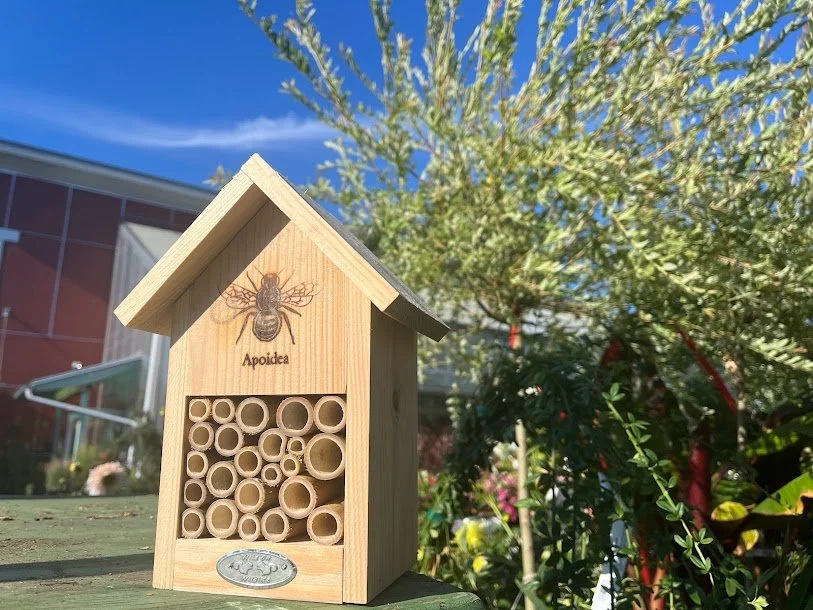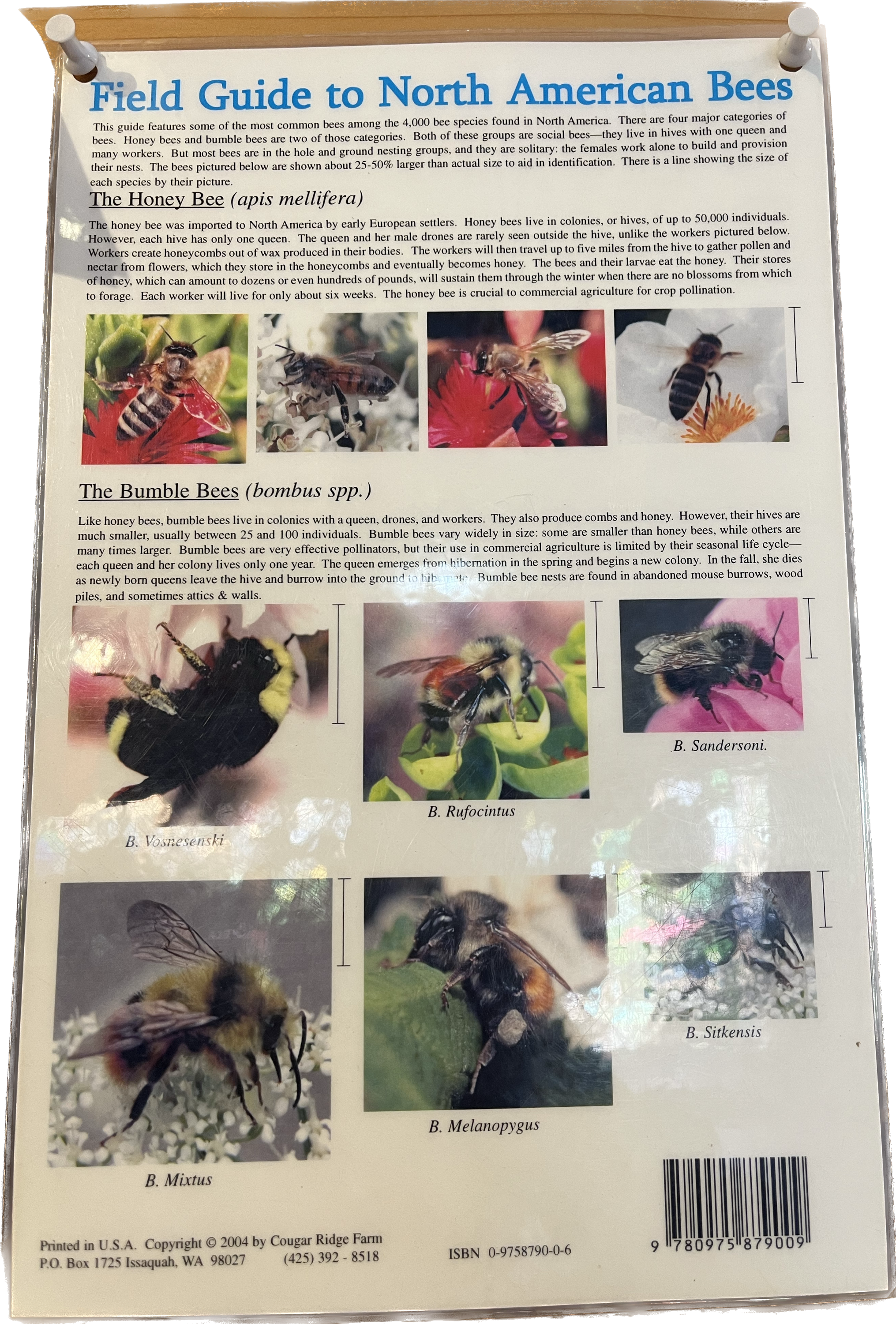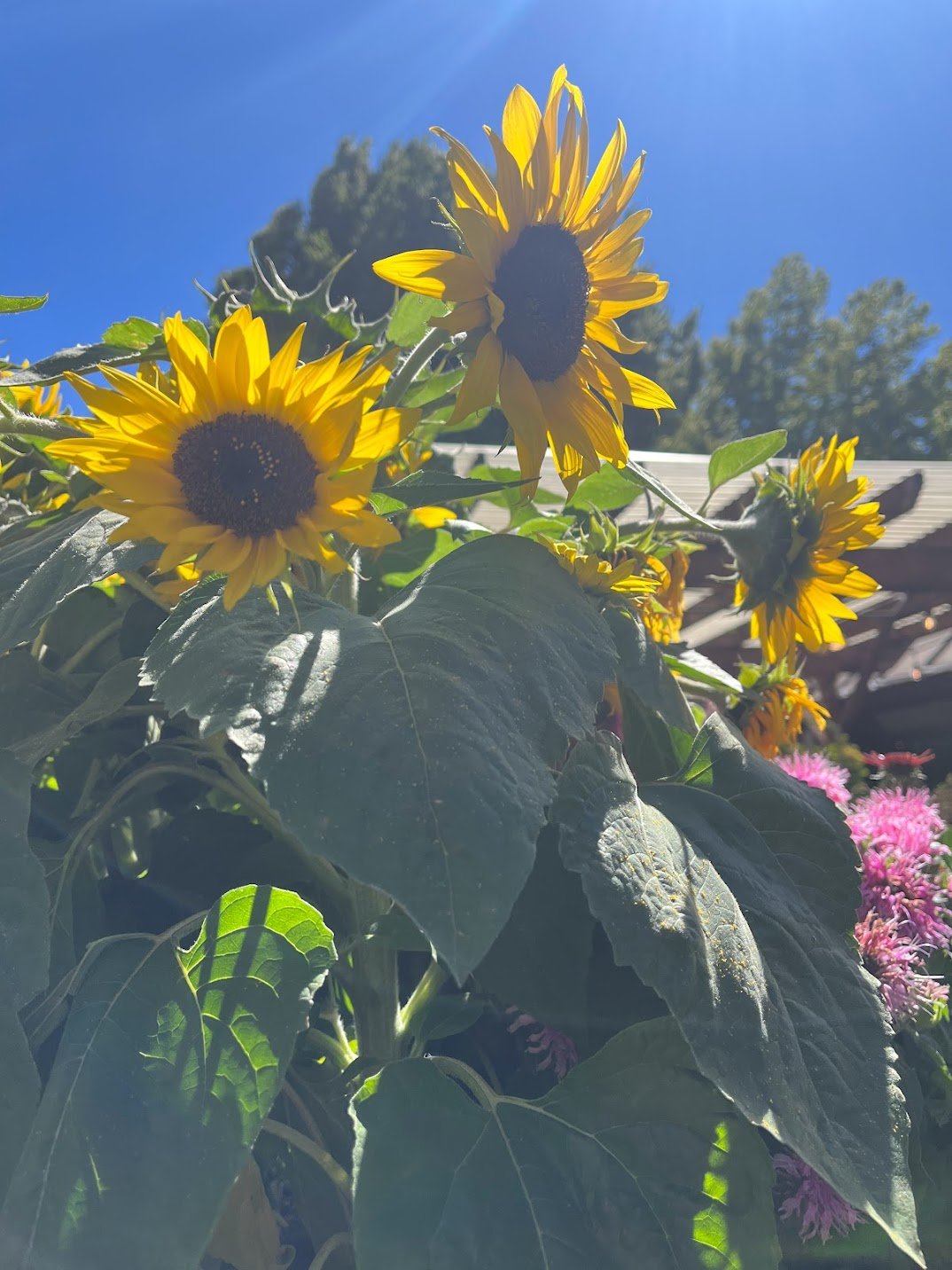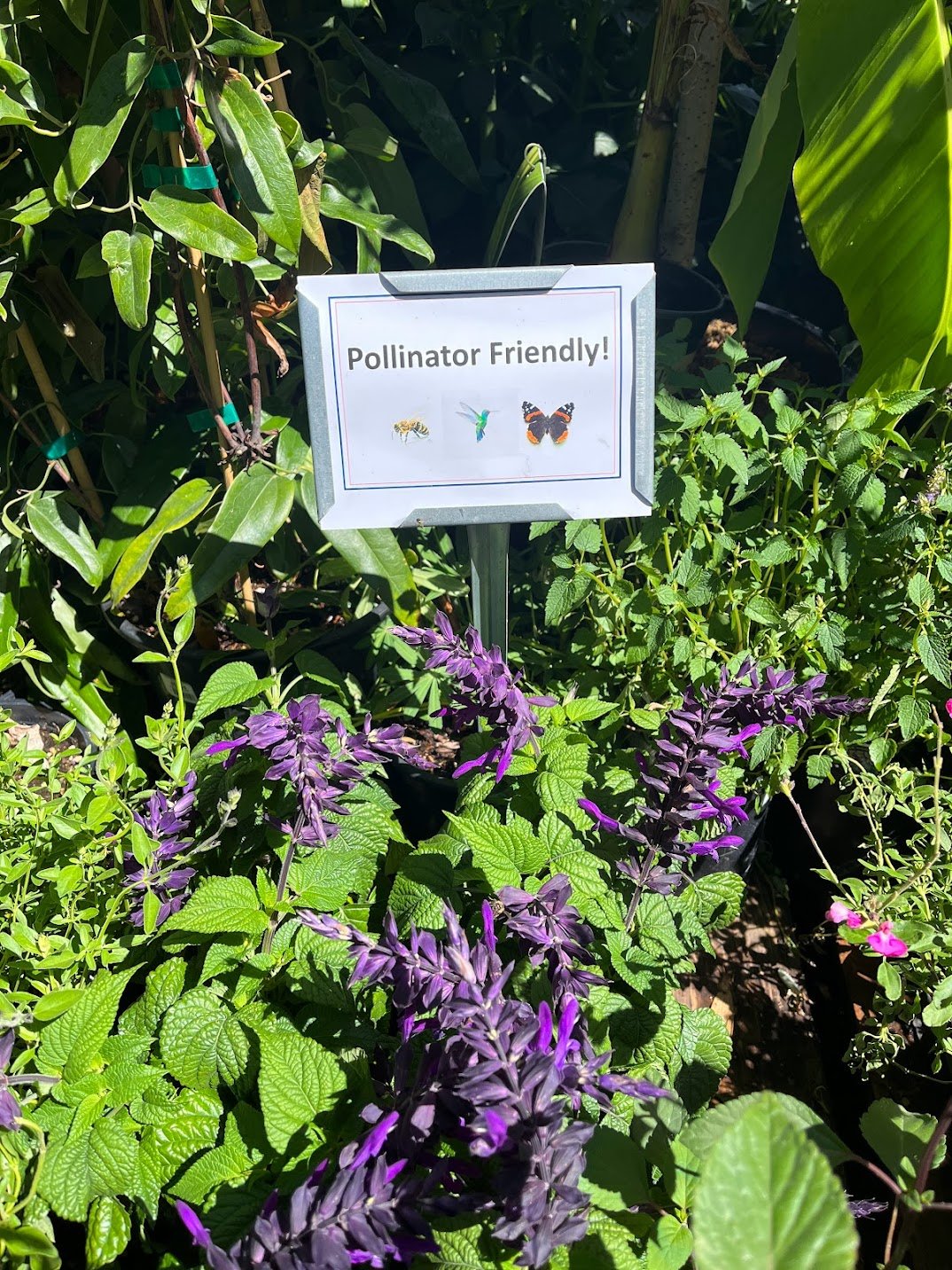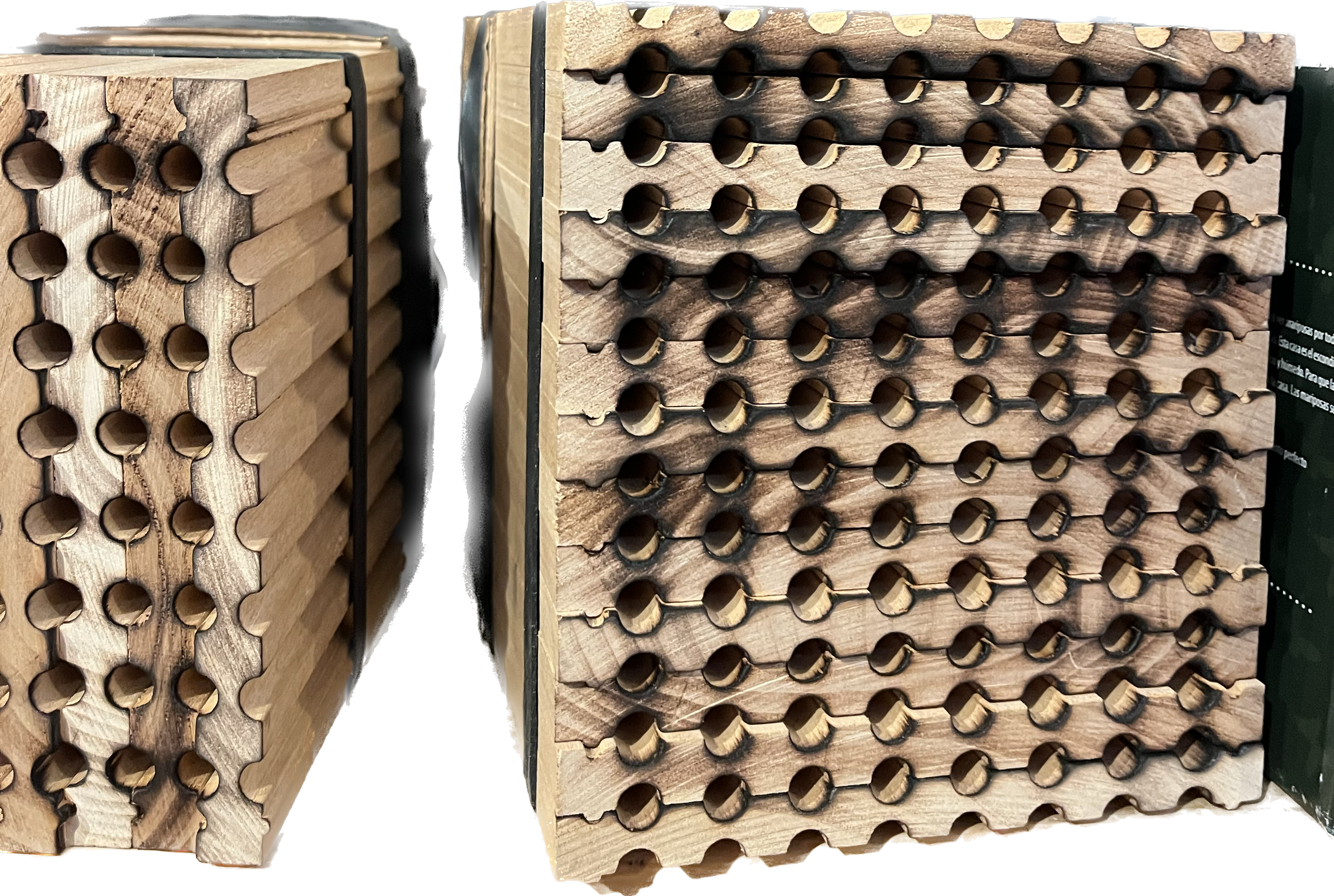Creating Bee Houses: A strategy in your conservation tool belt
Bees are vital pollinators that play a crucial role in our ecosystem, facilitating the reproduction of countless plant species. As their populations continue to decline, it becomes increasingly important for us to provide them with suitable habitats. One effective tool in this endeavor is the installation of bee houses. In this article, we will delve into the significance of properly designed and maintained bee houses, highlighting their educational value and the importance of pairing them with pesticide-free pollinator habitat creation for effective conservation.
The Educational Power of Bee Houses
Bee houses serve as powerful educational tools, allowing us to learn more about the fascinating lives of native bees and their nesting habits. By observing and interacting with these structures, individuals of all ages can deepen their understanding of the vital role bees play in our ecosystem. Moreover, bee houses provide an opportunity to raise awareness about the challenges bees face and the steps we can take to support their populations. Consider picking up a book about bees (sold in the Garden Center) or check out this online guide to identify and learn more about your new six-legged neighbors!
Solitary Bees
Bee houses support native solitary bees. Unlike honeybees, which form hives, female solitary bees provision their own nests. In fact, they make many foraging trips to flowers to fill their nest cells with pollen and nectar to feed the next generation of bees, making it very important to provide ample resources for these pollinators. Common residents you can expect in your bee hotel are Blue Orchard Bees (Osmia lignaria), Leafcutter Bees (Megachile spp.), and Wool Carder Bees (Anthidium manicatum), as these are known to nest in pre-existing cavities.
Setting Up Bee Houses
When setting up a bee house, several factors must be considered to ensure its success. Here are some key guidelines:
Proper orientation: Ideally, the bee house should face south to maximize exposure to sunlight and warmth. Providing an overhang above the bee house will protect it from excessive rain or direct sunlight.
Food sources: Plant a variety of pollinator-friendly flowers (available at the pollinator table at WSN), shrubs, and trees nearby to provide a consistent and diverse food supply for the bees throughout the seasons. This will ensure the bees have access to the necessary nectar and pollen they need to thrive.
Secure installation: Ensure the bee house is securely fastened, preventing it from swinging or toppling over during inclement weather. A sturdy structure will safeguard the bees and their developing offspring.
Maintenance Tips
Regular maintenance of bee houses is essential to ensure their effectiveness and the well-being of the bees. Here are some maintenance tips to follow:
Clean and replace nesting material from year to year: At the end of the bee's life cycle, clean out the bee house and replace any empty or damaged cocoons (bee liners and tubes available at the Garden Center). This helps prevent the spread of diseases and pests.
Regular inspections: Regularly inspect the bee house to identify any signs of pests, infestation, or unwanted species. Take appropriate action if any issues are found.
Protection from the elements: Ensure the bee house is protected from extreme weather conditions. Providing an overhang or shelter can help shield the bees from rain, wind, or excessive heat.
Bee houses are valuable educational tools that offer insights into the lives of native bees while raising awareness about their crucial role in our environment. However, it is important to recognize that bee houses alone cannot address all the challenges faced by bees. Pairing bee houses with pesticide-free pollinator habitat creation creates a holistic approach to conservation, providing a safe and healthy environment for bees to thrive.

